Wetsuit Guide: Choosing a Wetsuit for Open Water Swimming
Supported by Orca.
Designed primarily with open-water swimming in mind, swimming wetsuits differ from standard surf wetsuits in two or three main ways. The materials used are more flexible and hydrodynamic, the cut is tighter, and the distribution of neoprene foam follows a somewhat different logic.
If you’re after your first swim wetsuit or just hoping to get some questions answered, we’ve got you covered with a few tips, tricks, and product suggestions from our friends at Orca.
What materials are used in swimming wetsuits?
Firstly, swimming wetsuits are made from a single-lined, smooth-skinned neoprene. That basically means there’s only a jersey lining on the inside. The outside has been heat-sealed, so rather than the fabric-like feel of the jersey lining, you have this smooth, rubbery finish to the exterior.
This is because single-lined (thinner) neoprene is lighter and also more hydrodynamic. It doesn’t absorb water as easily, the slicker finish means water almost streams off it, and there’s less friction or drag in the water. In other words,in a swimming wetsuit you’ll be able to glide through the water more efficiently than wearing a surf wetsuit.

But you do need to be careful when putting them on as the smoothskin material is easier to nick or tear. One top tip – and this applies to all wetsuits, but particularly single-lined neoprene wetsuits – is to make sure all your fingernails and toenails are trimmed, to avoid making any cuts or nicks. If you want to learn more about this, be sure to check out our guide on How to Care for your Swim Wetsuit.
A swimming wetsuit’s cut
You’ll also notice that swimming wetsuits are lower around the neck than conventional watersports wetsuits, and often higher on the calf, too.
For instance, as a swimmer you’re likely to be twisting your neck to breathe every few strokes. The neck seal on a normal suit may well start to rub and restrict your movement. Likewise, the layout of the panels is designed with swimming strokes in mind. The Orca Womens Zeal Perform Open Water Swim Wetsuit or Mens Zeal Perform Wetsuit is a great option for expert swimmers here as it has been officially certified by the International Swimming Federation.
There’s always a bit of a trade-off between warmth and performance when it comes to wetsuits. Remember that when swimming you’ll be on the move non-stop. You’re not sitting around waiting for waves at any point, so you don’t necessarily need the extra warmth.
Thickness & buoyancy
Buoyancy is another important factor. In a swimming wetsuit, there’s often thicker neoprene panels (extra foam packed into strategic panels), generally around the thighs and stomach, where it will help a swimmer maintain good form and posture through the water.
The Vitalis TRN Wetsuit from Orca is designed with 3mm panels to allow you to maintain a neutral buoyancy, improving your position and allowing you to move through the water more quickly whether swimming breaststroke or front crawl.
Again, all these different features are designed to maximise efficiency and comfort. If you’re looking to progress your swimming, then it’s well worth checking out our Beginner’s Guide to Competitive Open Water Swimming.
Open-Water Swimming Safety
As an open-water swimmer, it’s crucial to be easily visible when swimming so you can stand out to boats and other water users. Hence the bright colours you’ll see on the wrists and ankles of many swimming wetsuits in the Orca range - The Vitalis Hi-Vis and Zeal Hi-Vis are great examples.

You should also think about wearing a brightly coloured swimming cap or Neoprene Swim Hood, and/or investing in an inflatable tow float. This is particularly important if you’re going to be swimming close to a harbour or port, in the vicinity of boats, and/or on your own.
Read our 11 Safety Tips for Open Water Swimming to get fully clued up on all things water safety.
Do you need a wetsuit for open-water swimming?
You don’t necessarily need a wetsuit for open-water swimming. It depends on the water temperature, the air temperature, your tolerance or appetite for the cold, and what you hope to get out of swimming in open water. We do have a wide range of technical swimsuits if you’re more of a traditionalist when it comes to swim attire.
Cold-water swimming, for example, is gaining more and more popularity for what enthusiasts describe as the reinvigorating, restorative, even addictive effects of regular immersion in frigid water, be it salty or fresh. Direct contact with epidermis is generally preferable here for heightened sensations. Of course, swimming in extremely cold conditions brings with it a whole new category of hazards. We’d recommend doing so only as part of a group, and only for short periods.
Meanwhile among certain sorts of open-water swimmer, and particularly in the context of codified long-distance endeavours, wetsuits are frowned upon, sometimes even prohibited. If you’re swimming across the English Channel, for instance, and want your swim to be officially recognised, you must do it in just a swimsuit. (You are allowed to grease yourself for insulation, however, goose fat generally being the substance of choice.)
Can you swim in open water wearing a normal wetsuit?
Obviously you can wear a normal wetsuit or surfing wetsuit for open-water swimming or wild swimming – nobody’s going to stop you. You just won’t go as fast or feel as comfortable.
Ultimately it’s a question of how seriously you plan on taking your swimming and what sort of budget you have at your disposal. If you just want to go for the odd dip every now and then when the surf’s flat, it might not be worth buying a new wetsuit for it. Likewise, if you only want to own the one wetsuit, and want something that you can also go surfing or do other watersports in, then a surfing wetsuit makes more sense. Read our guide on What’s the Difference Between a Swim Wetsuit and a Surf Wetsuit? If you’re still unsure whether it’s worth the investment.
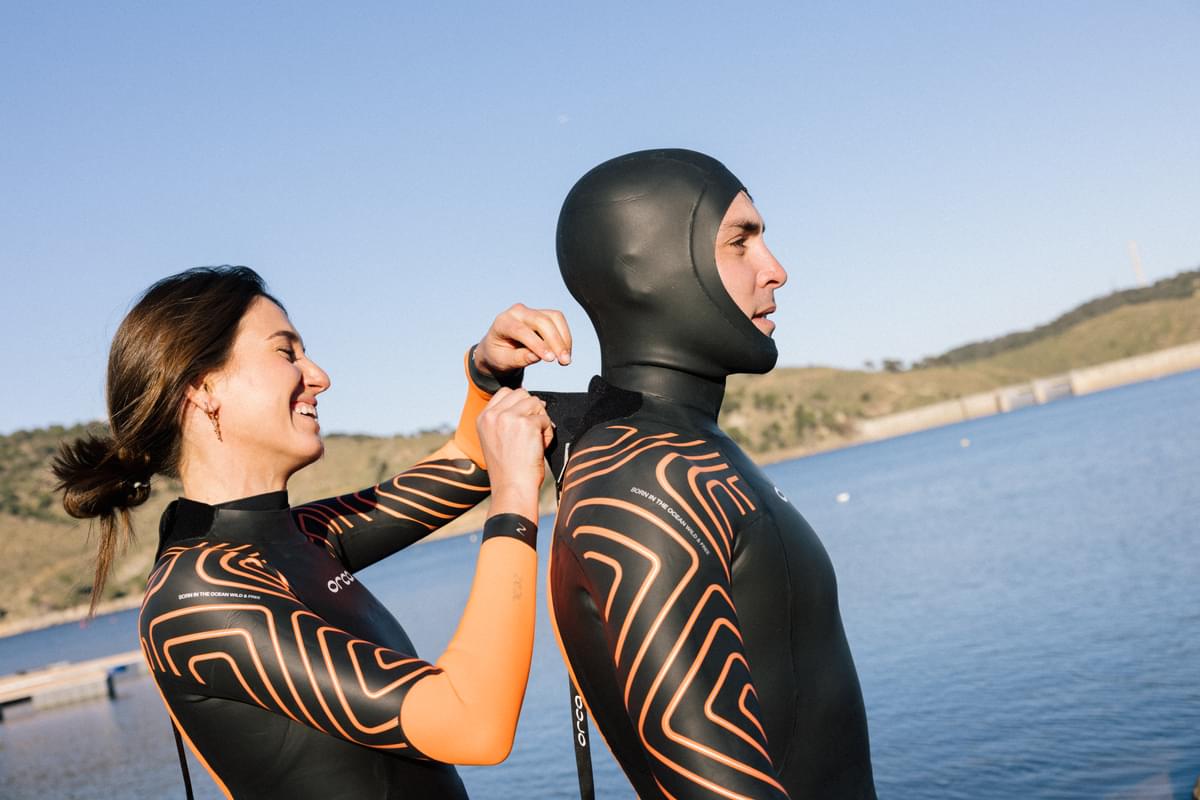
But if you’re going to be swimming regularly, and certainly if you plan on competing in open water swimming or triathlons, a swim-specific wetsuit is something you should be thinking about. For a little more on the subject, read our blog entitled Should I Buy a Specialist Open Water Swimming Wetsuit?.
Need some more info about open water swimming?
Check out our other posts in collaboration with Orca…
9 Essentials for Open Water Swimming
How to Care for your Swim Wetsuit
What’s the Difference Between a Swim Wetsuit and a Surf Wetsuit?
A Beginner’s Guide to Competitive Open Water Swimming
Should I Buy a Specialist Open Water Swimming Wetsuit?
9 Training Tips for your First Triathlon
Orca wetsuit guide
-
Shop the full Orca range - HERE
Shop the full Orca wetsuit range - HERE
Explore our recent collaboration with Katie Maggs - HERE
Updated on 13th March 2024
Originally published on 27th February 2024 in Guides











































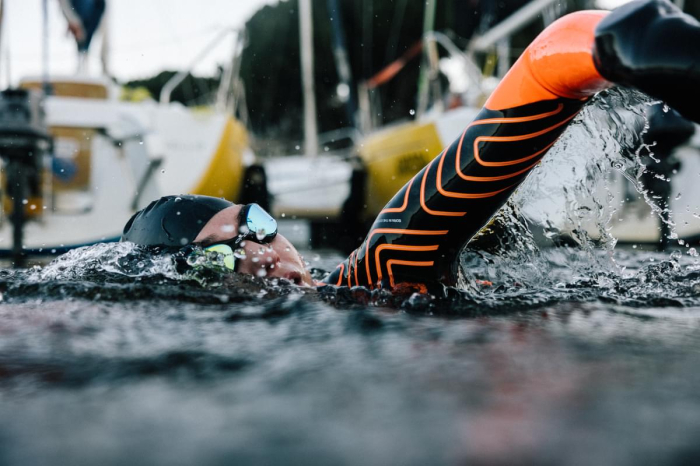





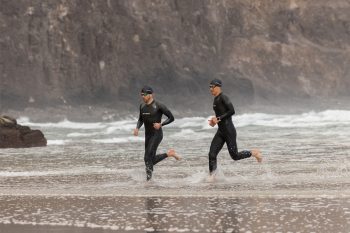




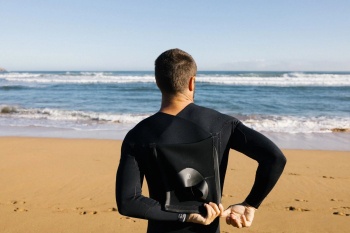
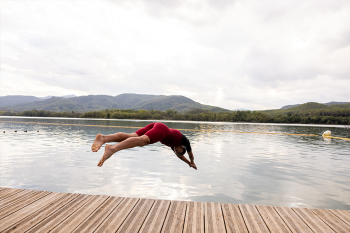



 Visit the US site
Visit the US site  Continue to IT
Continue to IT